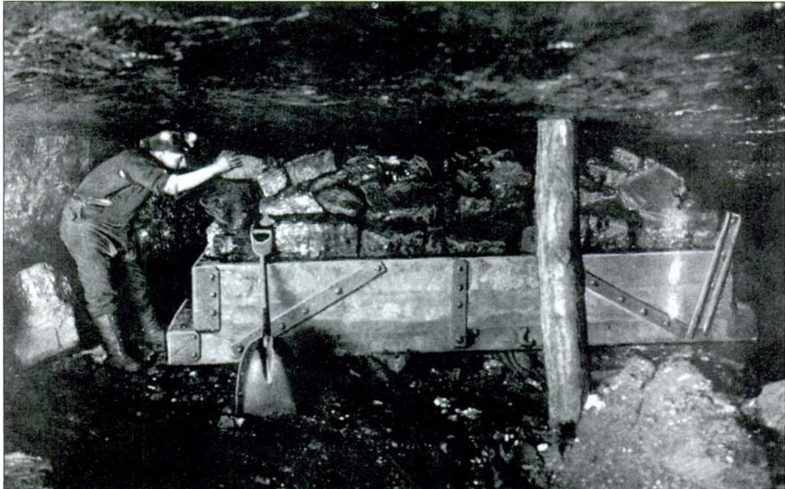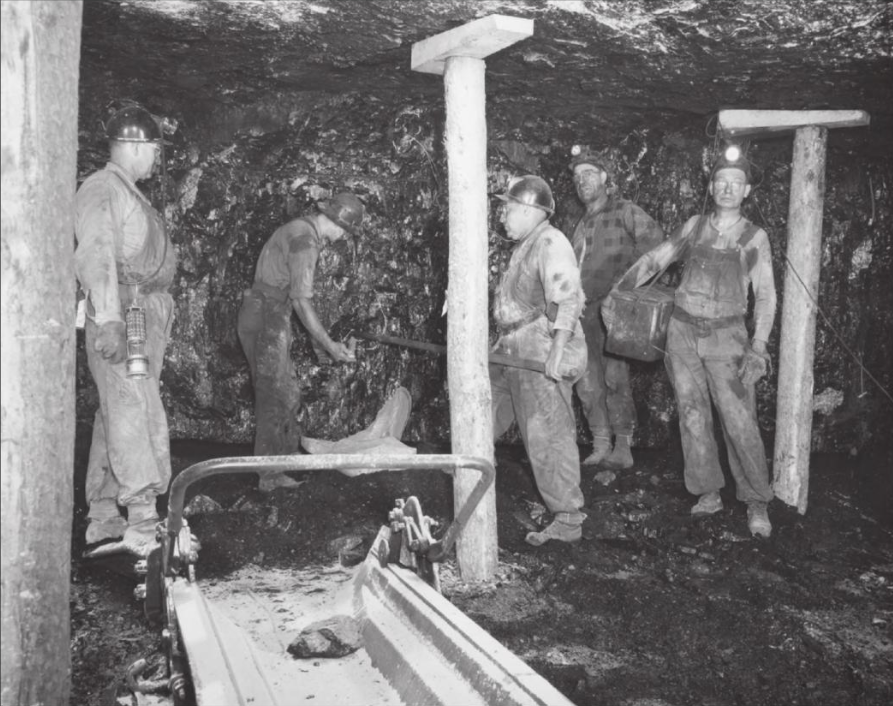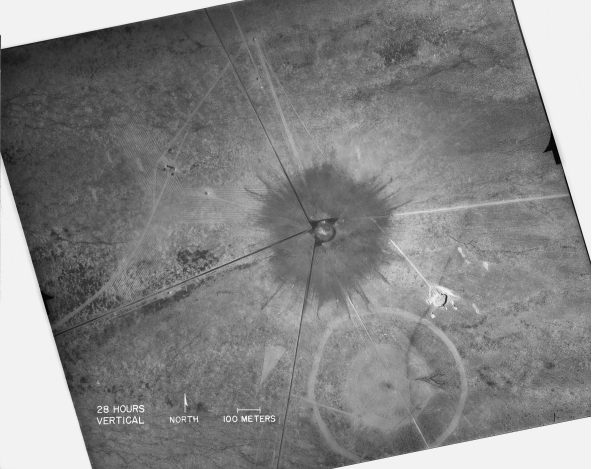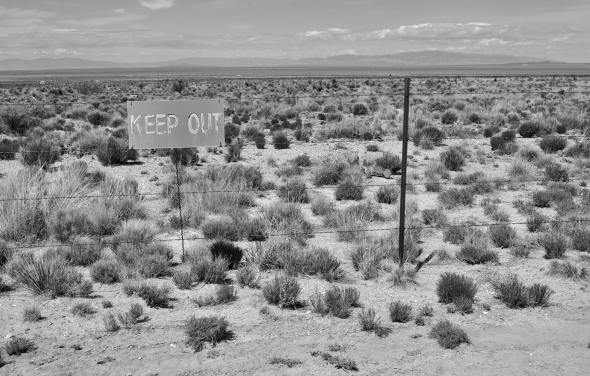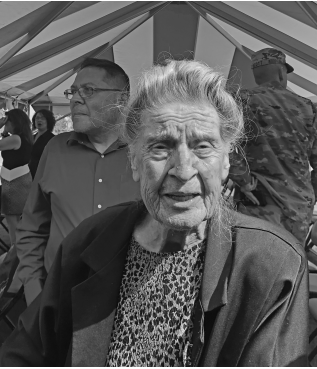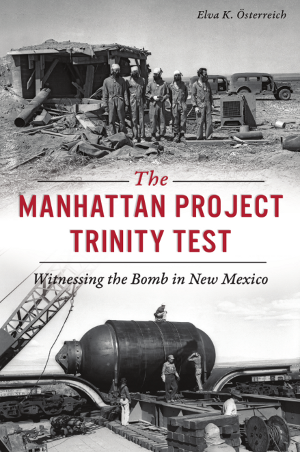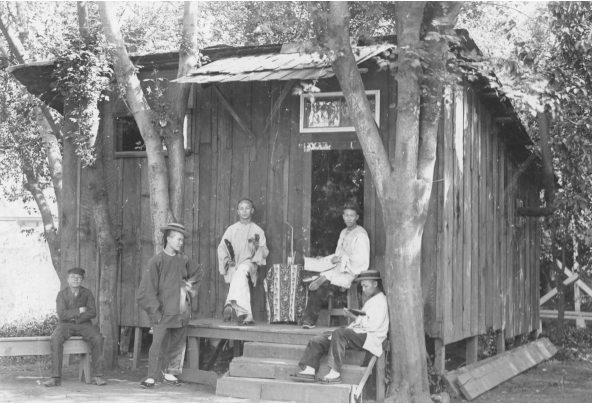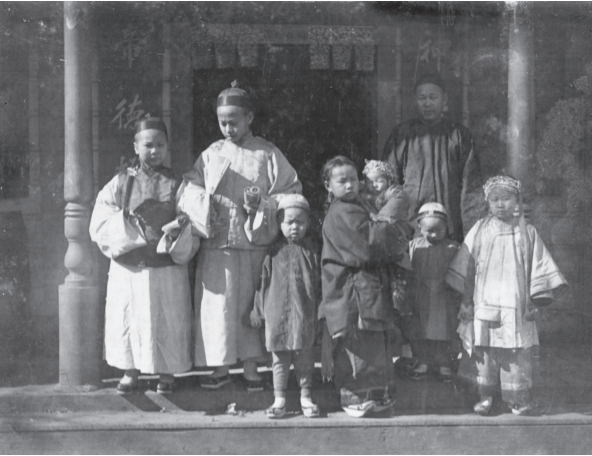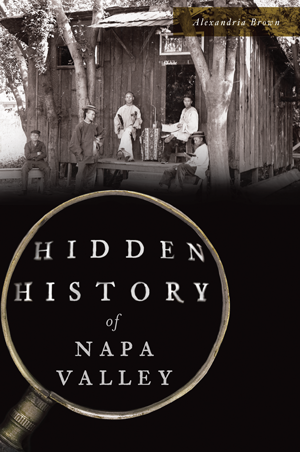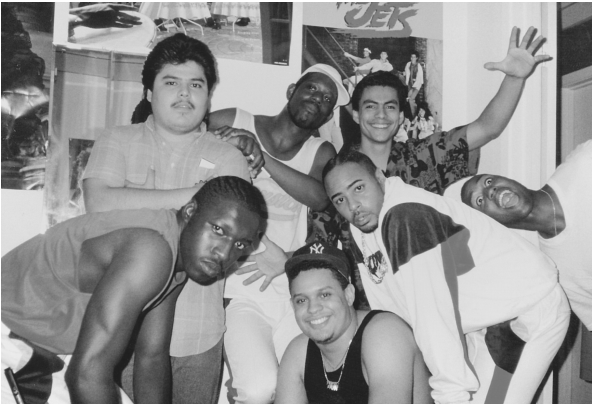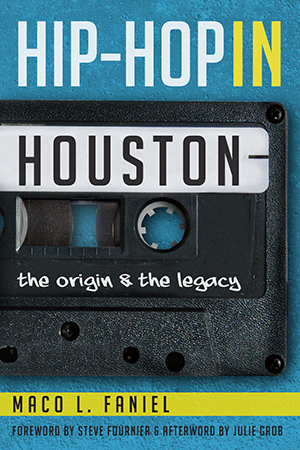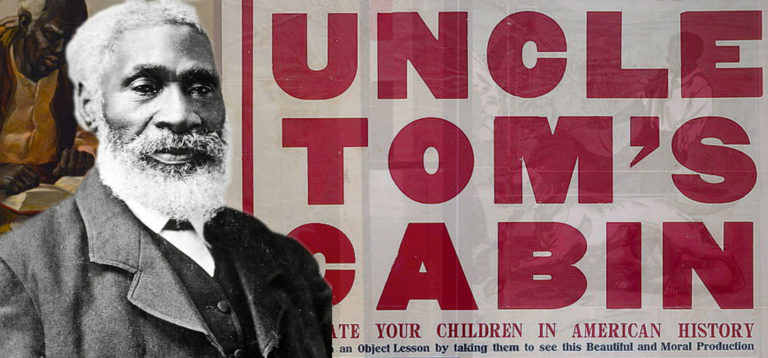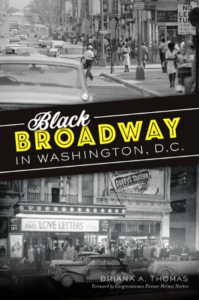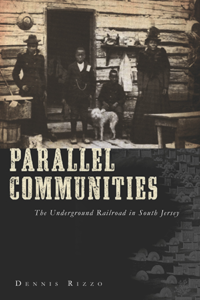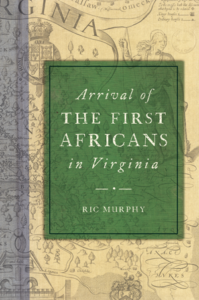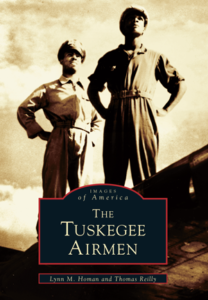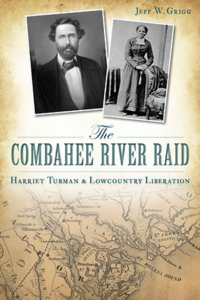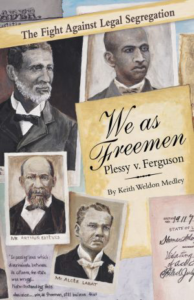Missouri has the Gateway Arch, which is the largest arch in the world; the Ozark Mountains; and the Missouri River, the longest river in North America. It is the second largest cave state in the United States. With more than 6,000 recorded caves, it borders more than eight states, and is known as the Show Me State. Writers Mark Twain, Maya Angelou, and Langston Hughes; actor Brad Pitt; and rapper Nelly, among other notable celebrities, all hail from this great state. Missouri has both mid-western charm and southern neighbors, and, to top it all off, it’s one of the most haunted states in the country.
Missouri has the makings of a supernatural dream vacation with countless haunted towns, houses, mansions, roads, caves, graveyards, and more. It isn’t a trip for the faint of heart, or lovers of less than spooky hay-rides. Missouri is for true-blue believers, thick-skinned ghost hunters, and those who never shy away from an eerie spirit looking for help in solving their own murder. If you think you can handle the profoundly paranormal, then this guide through the haunts of Missouri is perfect for you.
Ghosts of St. Charles
There is a rich history of mysterious manifestations in this ghostly town. Instead of shying away from the unexplained noises, shadowy figures, and peculiar glows, they invite you to participate in hair-raising, captivating, and interactive excursions connecting with the other side. It isn’t a cold chill from the cool night you’ll be feeling; it’s a lost soul from the graveyard having a little fun. The wind isn’t what’s flowing through your hair; it’s the gentle touch of a roaming spirit trying to get your attention.
St. Charles Ghost Tours capture it all, from the lady in white (a young woman buried in her wedding dress) to the lost coven in the Tricot House. Are they still practicing their craft from beyond the grave? To find out the answers to your questions and more, immerse yourself in the history of local legends in the area, and then head out on a tour to bring it all to light – if you’re brave enough to do so in the dark.
Ghosts Along the Mother Road: Missouri’s Haunted Route 66
Unlike the Ghosts of St. Charles, Route 66 in the Show Me State might be better experienced through the turning of pages with a bat nearby, instead of exploring the ghostly roadside. John Steinbeck referred to old Route 66 as the Mother Road, but, where it meets Missouri, this lively playground of the dead is so eerie, it’s earned the title Bloody 66. A history of ghostly hitchhikers, amusement park spirits, Civil War dead, and Goatman’s Grave in Rolla make these some of the scariest miles of Route 66.
All along this dangerously curvy road, you will find stopping places as dark, shadowy, and grim as its history: Springfield’s Pythian Castle, an orphanage that turned into a military hospital that housed World War II POWs; Lemp Mansion, where family members took their own lives one at a time; and Zombie Road. These are just a few of the dark and mysterious stops along the route. If you can survive the stories, maybe you’ll be brave enough to take on the drive the next time you find yourself in Missouri.
Haunted Hannibal
Known as one of the most haunted towns in America, Hannibal, Missouri, is one supernatural spot too notoriously eerie to miss. The added allure of Mark Twain’s boyhood town, where he experienced his own paranormal premonition of his brother’s death back in 1858, makes this one haunt you won’t want to miss. Twain’s own experience provided him with a lifelong attraction for the paranormal, including the limestone cave he made legendary in The Adventures of Tom Sawyer, where real-life ghastly Dr. McDowell experimented on his daughter’s corpse.
You can do more than read about the spine-tingling town of Hannibal; experience it for yourself, the next time you’re in Missouri. Tour companies offer guided shuttles to the most infamously haunted sites in town, from the murderous trickery during Twain’s younger years to modern ghosts from the mansions on Millionaires Row. You’ll even get a chance to explore the Old Baptiste Cemetery filled with the graves of Civil War soldiers and slaves; take your time looking for signs of supernatural activity among them.
Don’t Miss Out on These Scary Stops
Warrensburg, Brentwood, Cape Girardeau, Jefferson City, the Boonslick Trails, the Graveyards of the Ozarks, and Excelsior Springs in Missouri are all additional towns and places that have strong supernatural histories. From north to south, and east to west, you can find abundant spooky haunts in the Show Me State. So, the next time you want to head out on an eerie adventure, grab a road map and your favorite creepy mysteries, and journey through Missouri.

